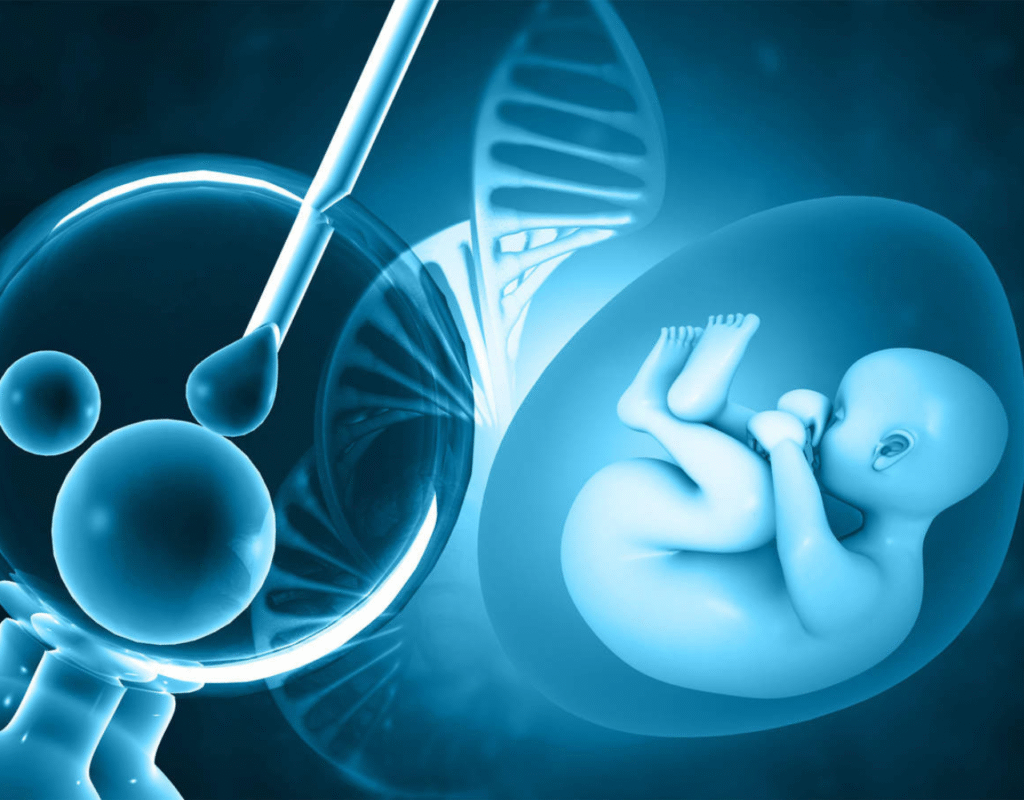IVF stands for In Vitro Fertilization, which literally means “fertilization in glass.” It is an assisted reproductive technology (ART) where the egg and sperm are combined outside the body in a laboratory. Once fertilization occurs and the embryo forms, it is transferred into the woman’s uterus with the hope of a successful pregnancy.
IVF was first successfully used in 1978, and since then, it has evolved significantly, offering improved success rates and options for various fertility issues.
Who Needs IVF?
IVF may be recommended for individuals or couples who face the following fertility problems:
-
Blocked or damaged fallopian tubes
-
Male infertility (low sperm count or poor motility)
-
Ovulation disorders or polycystic ovary syndrome (PCOS)
-
Endometriosis
-
Unexplained infertility
-
Older age (especially women above 35)
-
Failed IUI (Intrauterine Insemination) cycles
-
Genetic conditions that require embryo testing
In some cases, IVF is also used by single parents or same-sex couples who want to have a child through donor eggs or sperm.
The IVF Process – Step by Step
IVF involves several stages that span over a few weeks. Here’s a general overview of the process:
1. Ovarian Stimulation
The woman is given hormone injections to stimulate her ovaries so that multiple eggs mature instead of just one. This increases the chances of successful fertilization.
2. Monitoring and Egg Retrieval
The doctor monitors the follicle growth through ultrasound and blood tests. Once the eggs are ready, a minor procedure called egg retrieval is performed under mild sedation to collect the eggs from the ovaries.
3. Sperm Collection
On the same day, a sperm sample is collected from the male partner or a donor.
4. Fertilization
The eggs and sperm are combined in a lab dish to allow fertilization. In some cases, a technique called ICSI (Intracytoplasmic Sperm Injection) is used, where a single sperm is directly injected into an egg.
5. Embryo Culture
The fertilized eggs are observed for a few days as they develop into embryos. The best quality embryo is selected for transfer.
6. Embryo Transfer
One or two embryos are gently placed into the woman’s uterus using a thin catheter. This is a painless procedure and usually does not require anesthesia.
7. Pregnancy Test
After about 10–14 days, a blood test is done to confirm if implantation has occurred and the woman is pregnant.
Success Rates of IVF
IVF success depends on various factors such as age, the cause of infertility, egg and sperm quality, and the clinic’s expertise. On average:
-
Women under 35 have a 40–50% success rate per cycle
-
Women aged 35–40 have a 25–35% success rate
-
Success rates drop significantly after age 40
Multiple cycles may be needed, and doctors often personalize the treatment plan to improve outcomes.
Risks and Considerations
While IVF is a safe and widely used procedure, it does come with some risks and side effects, including:
-
Multiple pregnancy (especially if more than one embryo is transferred)
-
Ovarian Hyperstimulation Syndrome (OHSS) due to fertility medications
-
Emotional and financial stress
-
Ectopic pregnancy
-
Side effects like bloating, mood swings, or cramping
It’s important to consult with a qualified fertility specialist to understand all potential risks based on your personal medical history.
Advanced Techniques in IVF
Over time, IVF has been enhanced with newer technologies to improve success rates:
-
Frozen Embryo Transfer (FET)
Embryos are frozen and transferred in a later cycle for better endometrial preparation. -
PGT (Preimplantation Genetic Testing)
Embryos are tested for genetic conditions before implantation. -
Donor Programs
Donor eggs, sperm, or embryos may be used in specific cases. -
Surrogacy
If the woman cannot carry the pregnancy, a gestational carrier (surrogate) may be involved.
Emotional Support During IVF
Going through IVF can be an emotional rollercoaster. Many couples experience stress, anxiety, and even disappointment if a cycle doesn’t succeed. It’s crucial to:
-
Stay informed and realistic
-
Lean on family or partner for emotional support
-
Join a support group
-
Talk to a fertility counselor if needed
Remember, you’re not alone — many couples go through similar experiences and find support in shared stories.
Conclusion
IVF is a remarkable medical advancement that brings hope to couples struggling with infertility. While the journey can be physically and emotionally challenging, the reward — holding your baby in your arms — often makes it all worth it.
If you’re considering IVF, talk to a fertility expert, understand the process in detail, and choose a trusted clinic that can support you at every step of the way.




